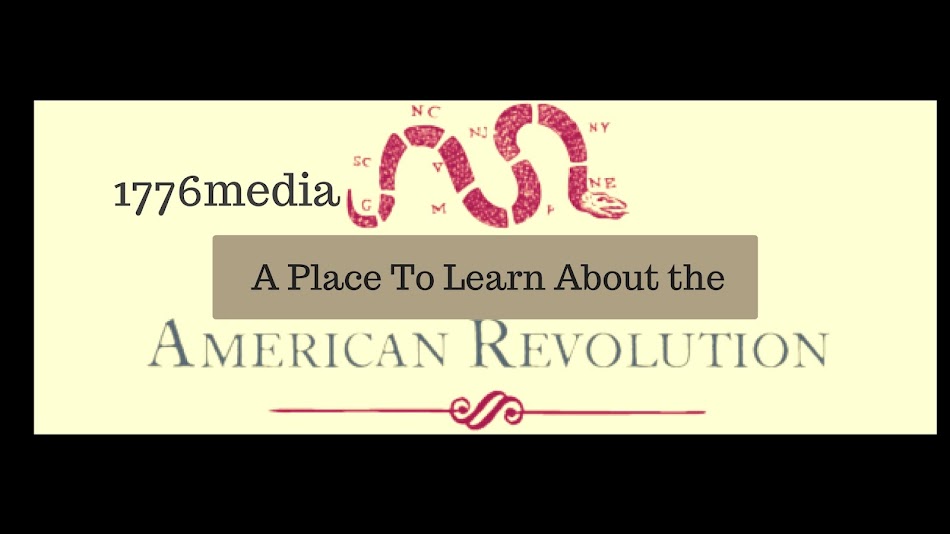British actions brought American colonists to revolution. We all know taxation without representation (The Stamp Act). But don't stop there. There was the Boston Massacre and then the colony of Massachusetts wasn't allowed to conduct its own courts. This threw John Adams over the edge. So it was more than one item that led to revolution.
Add this to that roster. The Quebec Act of 1774. What was that? Well, plenty.
It was perhaps the major demarcation point for the thirteen colonies’ ultimate divorce from Great Britain. the Act was as successful as any other previous to it in
“enraging the Americans against the measures of government.”
Thomas Bradbury Chandler, “A Friendly Address,” 1774, in Wood, ed., The American Revolution: Writings from the Pamphlet Debate II, 1773-1776 (New York: Library of America, 2015), 285.
The Act’s establishment of the Catholic church in a neighboring colony, its territorial extension of that colony into western lands, and its institution of a civil government appointed by – and serving at the pleasure of – the Crown corroborated their darkest suspicions of British intentions.
The Quebec Act and the other “Intolerable Acts” punishing Massachusetts in the summer and autumn of 1774 helped to ignite a train of events that would lead to colonists and British redcoats killing each other at Lexington and Concord.
The Act
tolerated the Roman Catholic faith but bolstered the Americans' belief that it
established the church and the authority of Rome right next door to them. John Adams declared that the Act was
“not only unjust to the People in that Province, but dangerous to the Interests of the Protestant Religion and of these Colonies.”
I. Heads of Grievances and Rights, 9 September 1774,” Founders Online,
National Archives,
http://founders.archives.gov/documents/Adams/06-02-02-0041-0002.
Original source: The Adams Papers, Papers of John Adams, vol. 2, December 1773 – April 1775, ed. Robert J. Taylor (Cambridge, MA: Harvard University Press, 1977), 152–156.
 |
| John Adams |
The Act’s extension of the Canadian provinces into western lands as far
south as the Ohio River also infuriated those who had an interest there
(and there were many). It also gave American colonists further cause to wonder whether they
would ever be able to seek their future prosperity in the abundant
western frontier so long as they remained subject to the pleasure and
direction of George III.
John Adams tried to get at the crux of the matter for Americans. Taken
together, the bill suspending Massachusetts’ legislature and the Quebec
Act revealed Whitehall’s oligarchical designs for America. Adams and those pushing for American independence took the initiative.
Though months of political and military legwork were still required,
the Quebec Act, fused with all of Whitehall’s previous offenses, played
an important role in convincing Americans that they had one choice and
once choice only: independence.
Source for this post:
Blame Canada: The Quebec Act and the American Revolution





